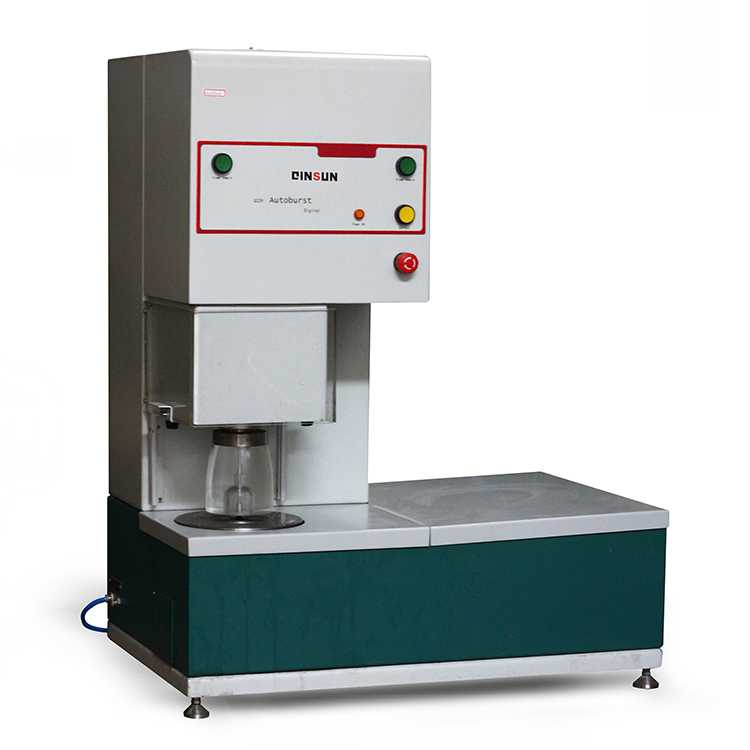4 Difficult Points of Textile Bursting Performance Testing

Textile swelling performance test is a more common type of test in
textile testing, here to introduce you to the 4 difficulties about textile swelling performance test.
1, the specimen should be representative, the test area should avoid folding, creasing, and avoid the edge of the cloth.
2, distinguish the front and back of the specimen in accordance with the standard requirements of operation; in general, because the actual wearing process front facing outward, the purpose is to simulate the normal state of the human body wearing clothing, swelling is carried out from the bottom up, so the reverse side of the sample is against the film sheet, front facing upward, and the actual state of wearing the same. The sample should also be adjusted to wet in accordance with the standard requirements.
3, for the control of the swelling time, usually pre-test, the flow rate control, the subsequent test, the instrument will automatically adjust the flow rate according to the pre-test to ensure that its swelling time in the (20 ± 5) s range, in the testing process, for the swelling time is not in the (20 ± 5) s range of points, should also be rounded off, re-test. If there are multiple points where the expansion time is not within the range, the instrument should be promptly checked for malfunction, oil leakage, or whether the test cover is loose and other problems.

4, the use of standard personnel to accurately understand the method parameters and details of the top break and expansion. For the use of the test speed, bullet diameter, the inner diameter of the circle (test area), the number of specimens, etc., some standards provide, some need to negotiate the decision. For example, the different test areas and bullet diameters of the swelling break have a significant impact on the numerical results. For example, the socks standard FZ/T 73037-2019 stipulates the use of a steel ball diameter of 20mm, while the monolithic knitted upper FZ/T 73060-2017 uses a steel ball diameter of 25mm, both of which The reason is that both standards are foot wear items, and the use of small diameter steel balls is more in line with the actual use of the state.
Summary: On the one hand, when negotiating testing parameters, special attention should be paid to the key parameters; on the other hand, the test report should also reflect the key parameters selected to improve readability.
Want to know more about textile testing related knowledge, please send us a message!
2021-09-29 10:44

